Get Rid of Grubs: The TLC Your Garden Deserves
Grubs are often an overlooked yet significant issue for gardeners and homeowners. These larval beetles can cause considerable damage to lawns and gardens by feeding on plant roots, which leads to unsightly brown patches and weakened plants. Understanding what grubs are, how they thrive, and how to manage them effectively can help you maintain a healthy and vibrant garden.
How Grubs Come to Exist
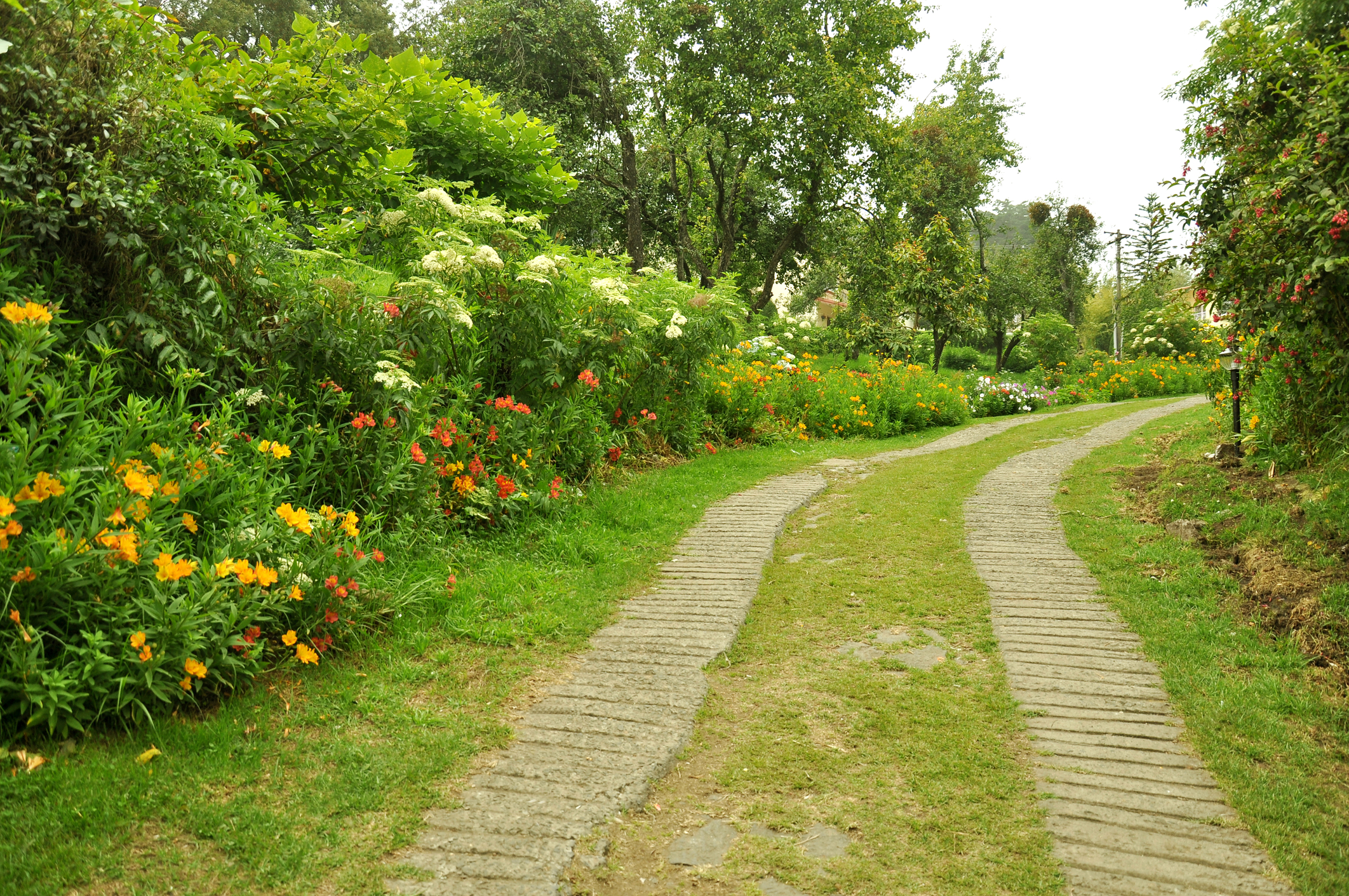
Grubs are the larval stage of various beetles, including Japanese beetles, June bugs, and chafers. Adult beetles lay their eggs in well-watered, lush grass or soil, providing an ideal environment for the larvae once they hatch. The soft, white or cream-colored grubs then feed on organic matter and plant roots, which can lead to garden issues.
Where Grubs Thrive
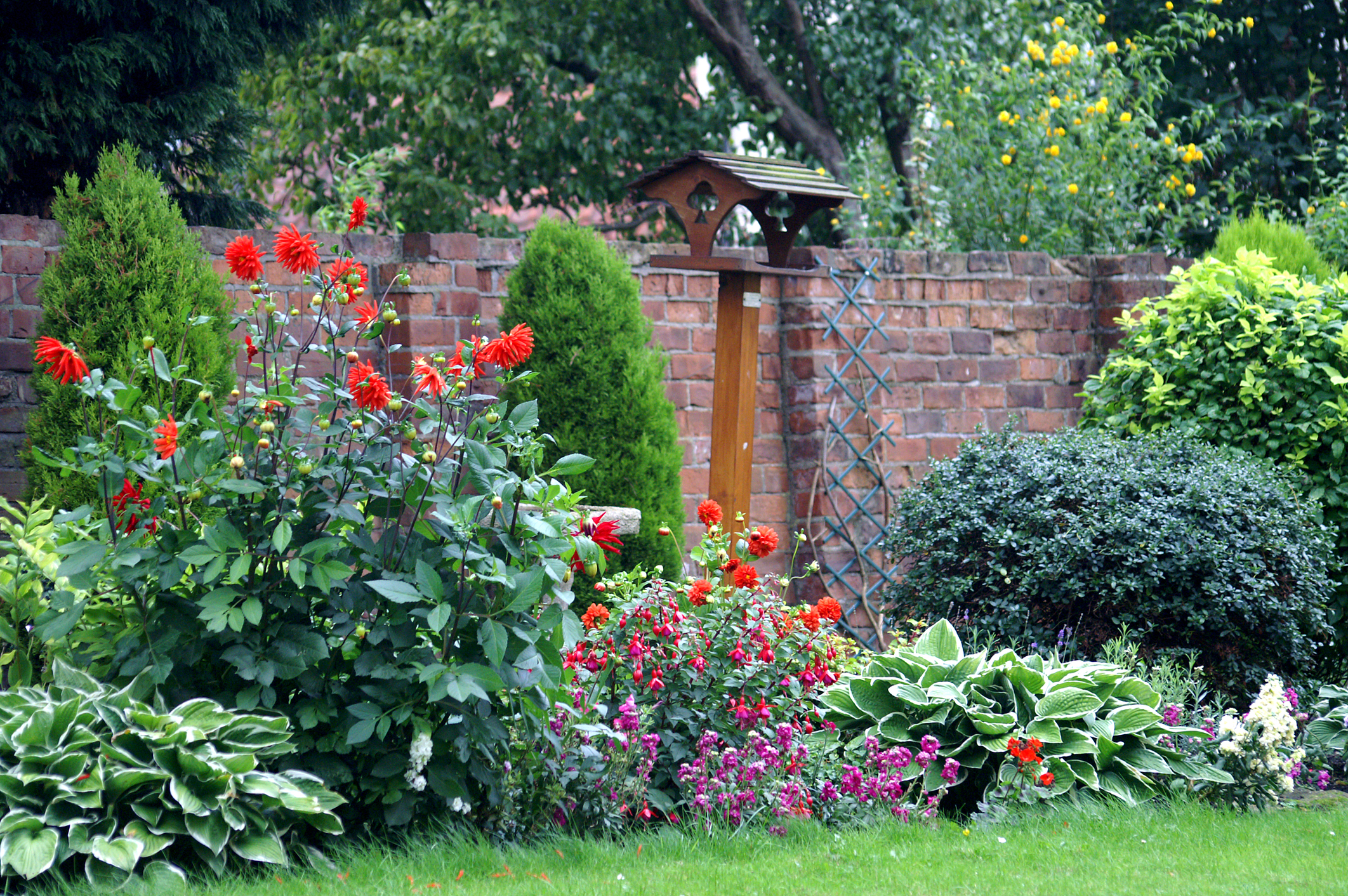
Grubs prefer moist, organic-rich soils where they can easily feed on plant roots. They are particularly problematic in warm climates and are most active during late summer and early fall. The conditions that make the soil conducive to their survival also contribute to their potential to cause damage to gardens and lawns.
How Harmful Are Grubs?
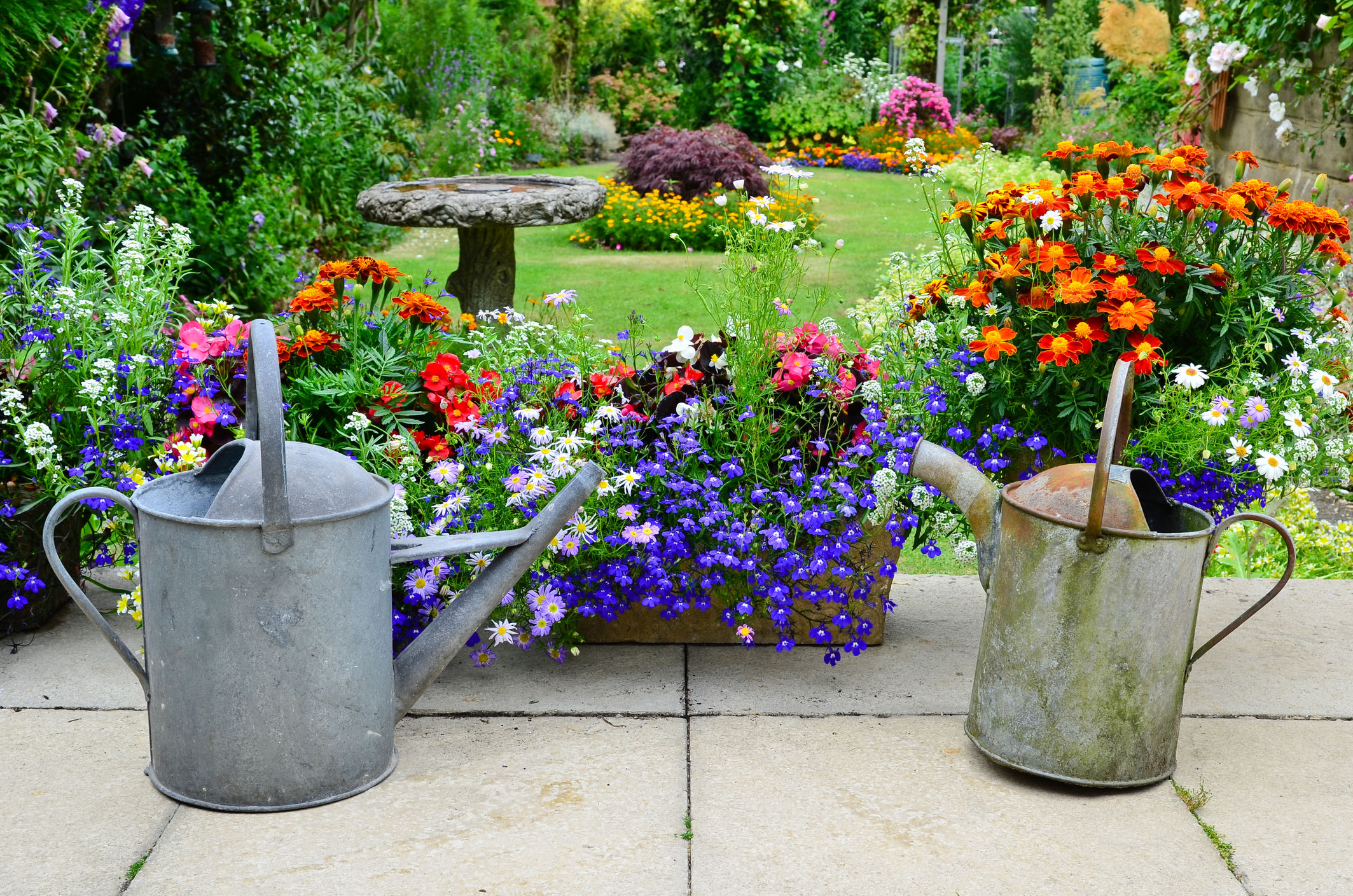
Grubs can be quite damaging to gardens and lawns. Their feeding activity undermines plant roots, which can lead to wilting, poor growth, and brown patches in grass. In severe cases, grubs can cause large areas of turf to die, creating bare spots that are unsightly and may require significant effort to repair. Additionally, the presence of grubs can attract other pests, such as birds and mammals, which may further disrupt your garden.
Beneficial Aspects of Grubs
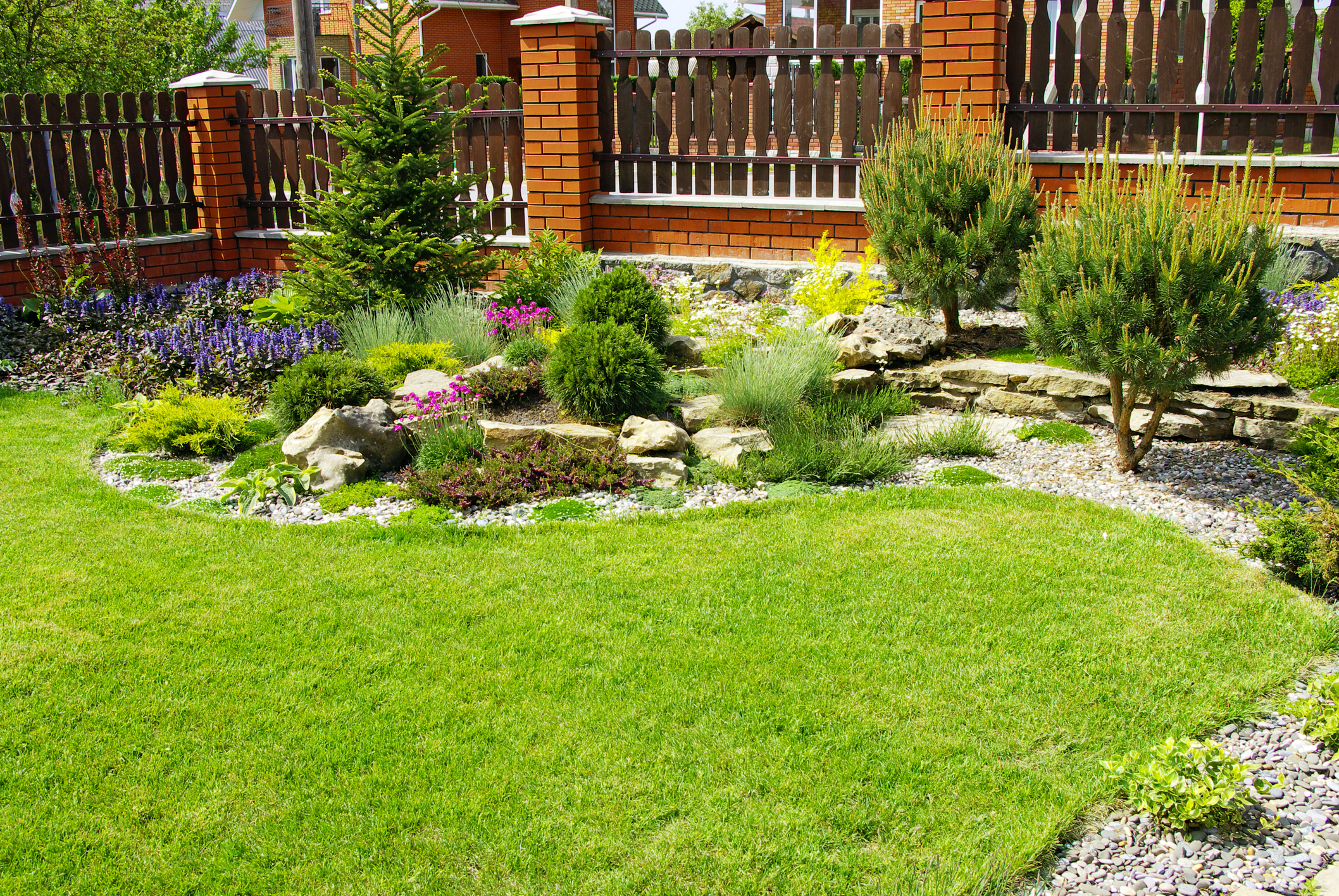
While grubs are generally considered pests, they can play a role in the ecosystem. For example, they are a food source for various wildlife, including birds and mammals. Additionally, as they decompose in the soil, they contribute to the breakdown of organic matter, which can help improve soil health in some cases.
Managing Large Infestations
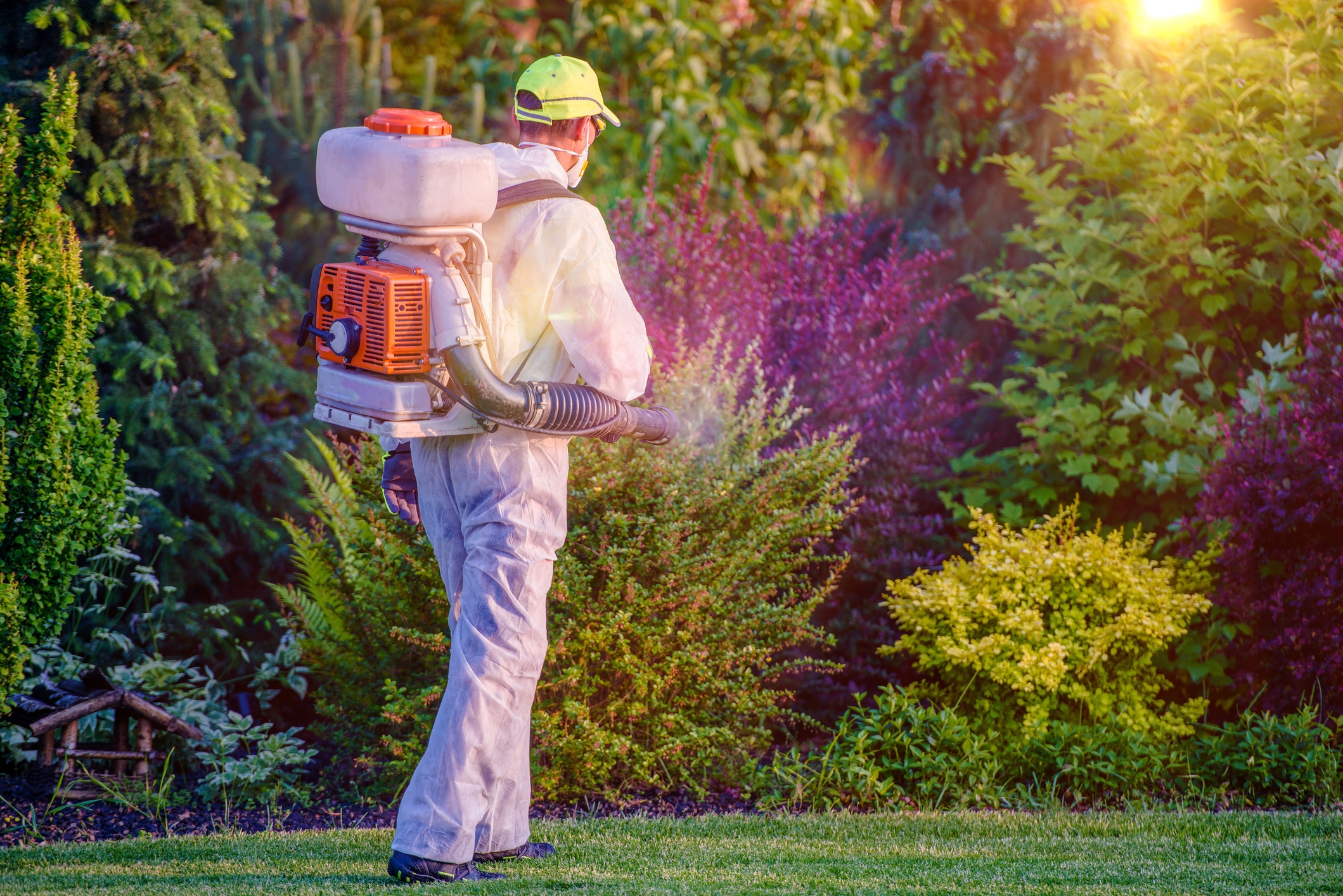
When dealing with a large grub infestation, it’s important to take a comprehensive approach. Start by assessing the extent of the problem; in severe cases, you may need to take more aggressive measures. Applying beneficial nematodes can be effective in targeting and reducing grub populations. If necessary, chemical treatments may be required, but be sure to choose products that are effective against the specific beetle species causing the infestation and follow application guidelines carefully.
In addition to treatment, focus on improving garden conditions to prevent future infestations. This includes maintaining healthy soil, managing irrigation practices, and implementing regular lawn care to keep conditions unfavorable for grub development.
Avoiding Grub Infestations
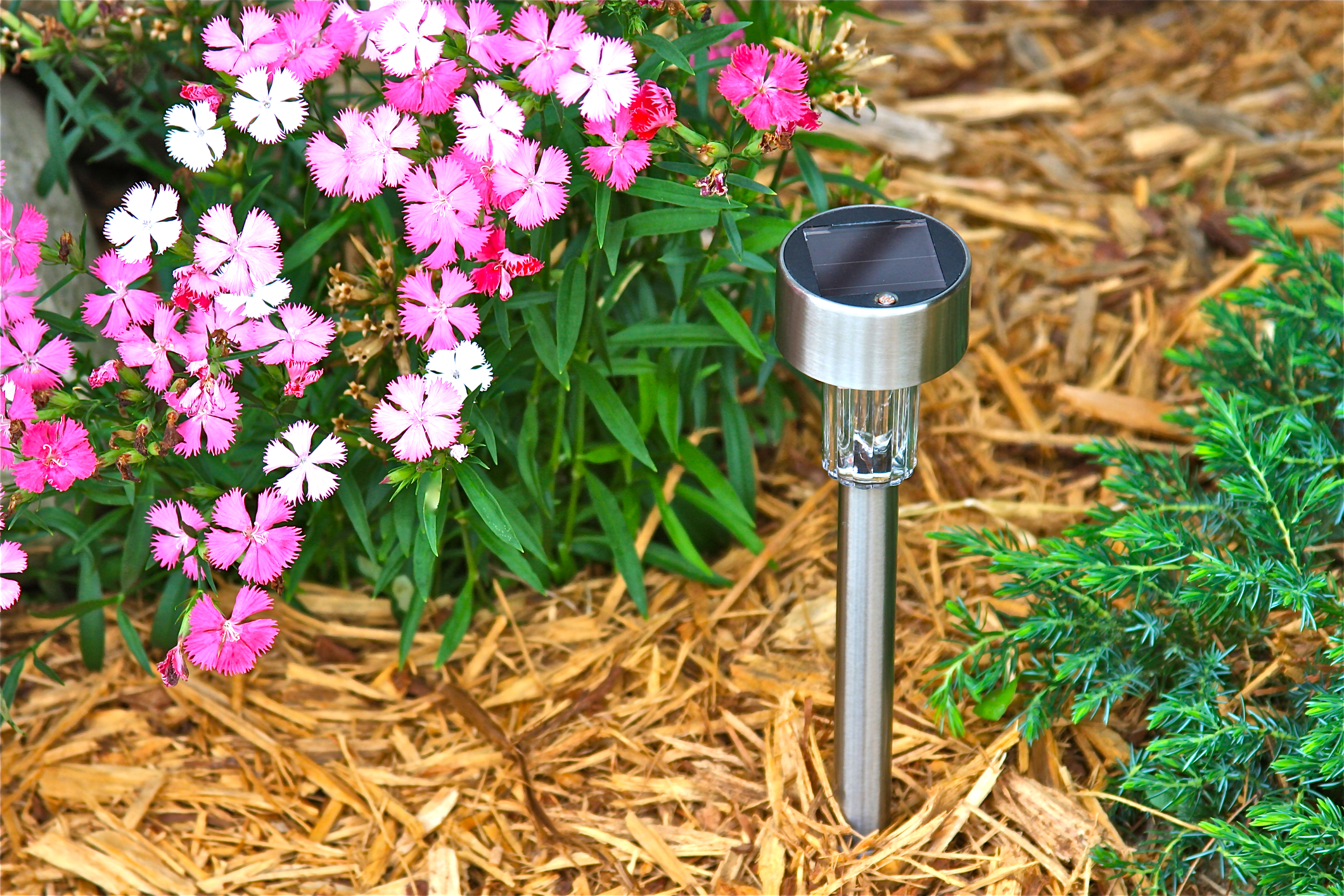
Preventing grub infestations involves several strategies. Maintaining healthy soil through proper aeration and drainage helps deter grubs by making the environment less hospitable. Reducing excessive watering is also important, as overwatering creates an ideal breeding ground for beetles. Additionally, using Milky Spore, a natural bacterium that targets beetle larvae, can help keep grub populations in check.
Cultural Practices for Grub Management
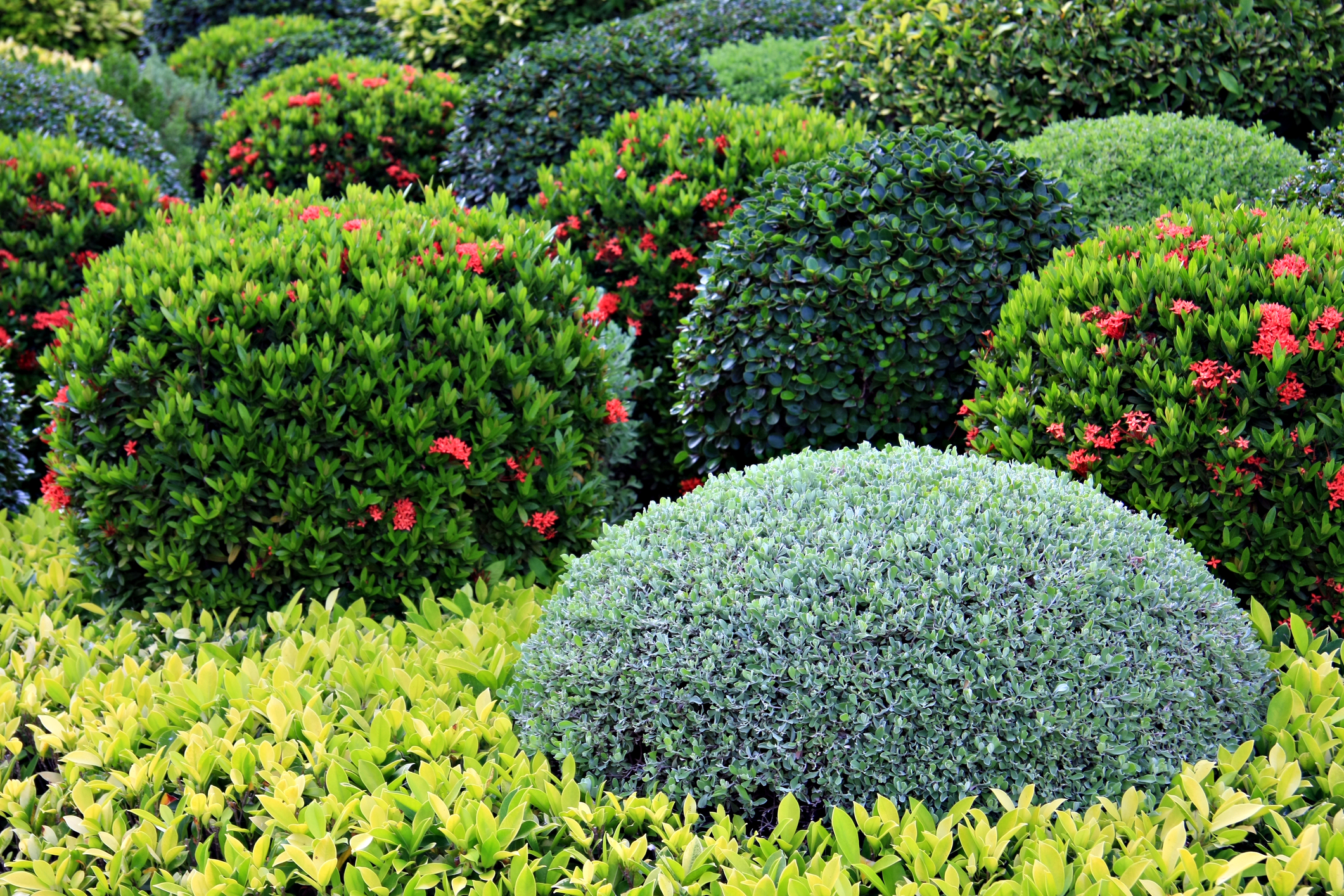
Regular lawn care is crucial in managing grubs. Keeping the lawn well-mowed and preventing thatch buildup can reduce conditions that favor grub survival. Additionally, choosing resilient grass varieties that can withstand some degree of root damage can help mitigate the impact of any grubs that do appear.
Control Measures
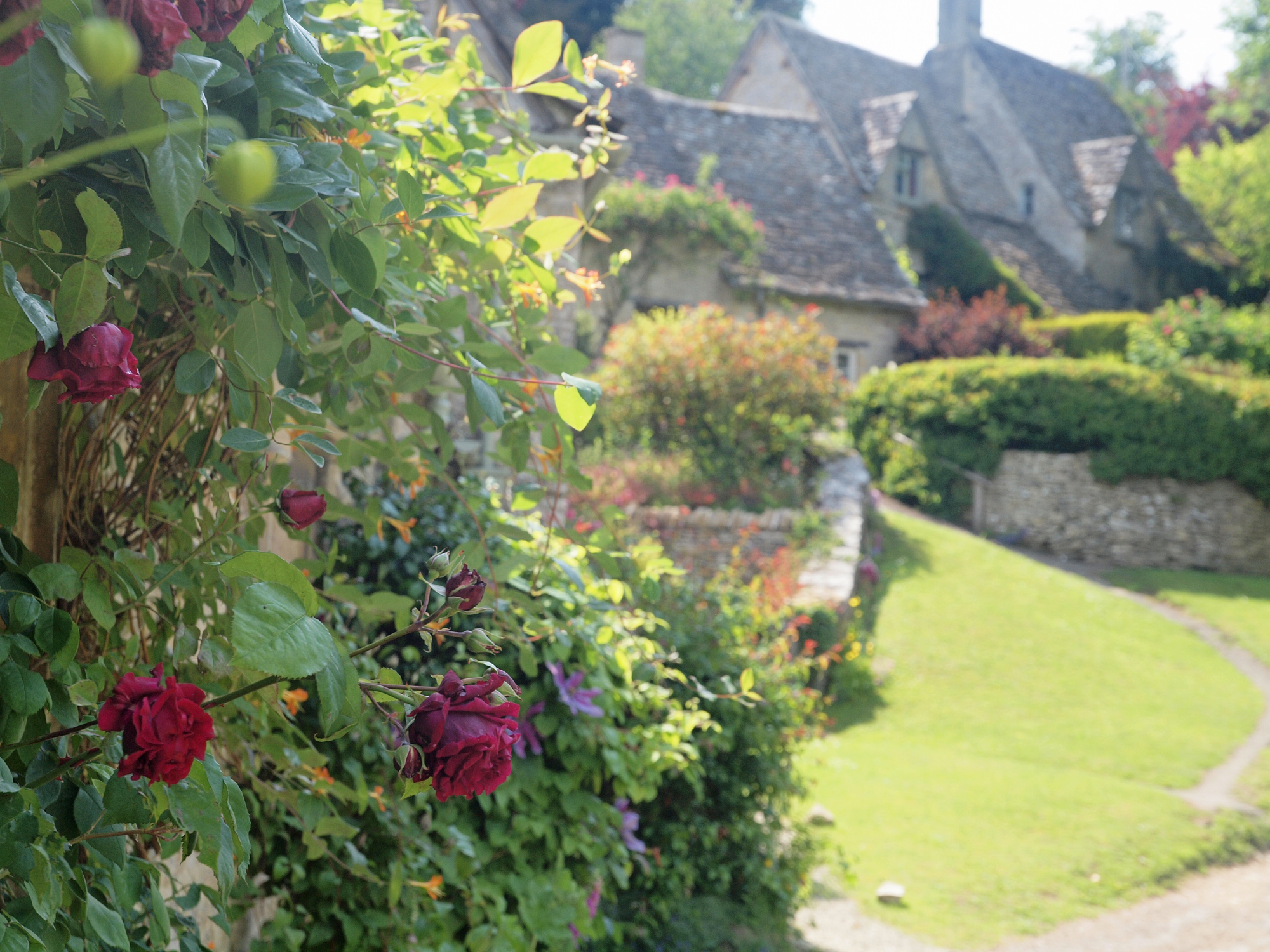
If grubs become a problem, there are several control methods to consider. Beneficial nematodes, which are microscopic worms, can be introduced to the soil to attack and reduce grub populations. In more severe cases, chemical treatments such as insecticides containing imidacloprid or chlorantraniliprole may be necessary. It’s important to follow application instructions carefully and be mindful of the impact on beneficial insects.
Physical Removal
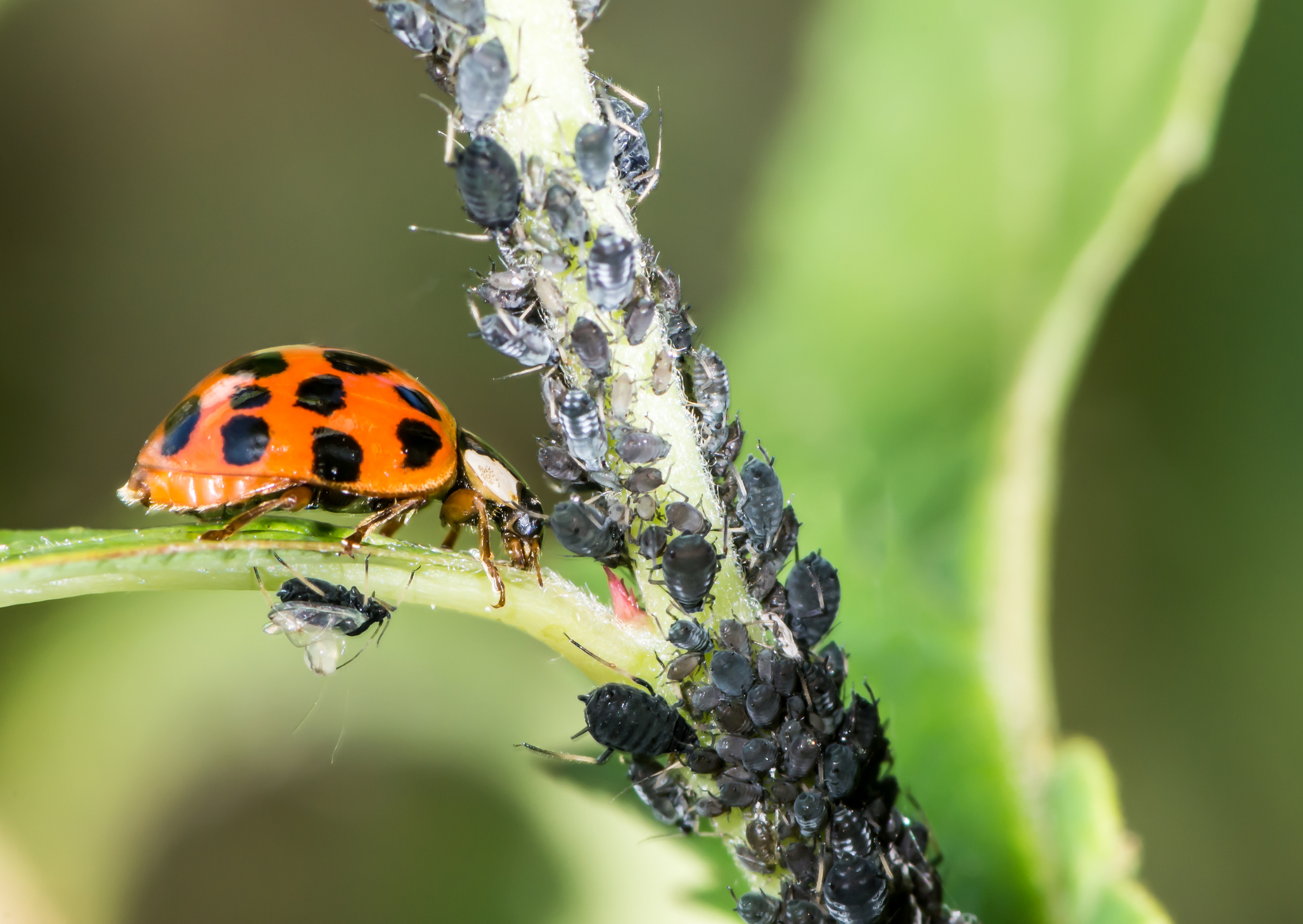
In smaller areas or for localized infestations, handpicking grubs from the soil can be an effective method of control. By addressing grubs through these various strategies, you can maintain a healthier garden and minimize the risk of grub damage.
To Remember
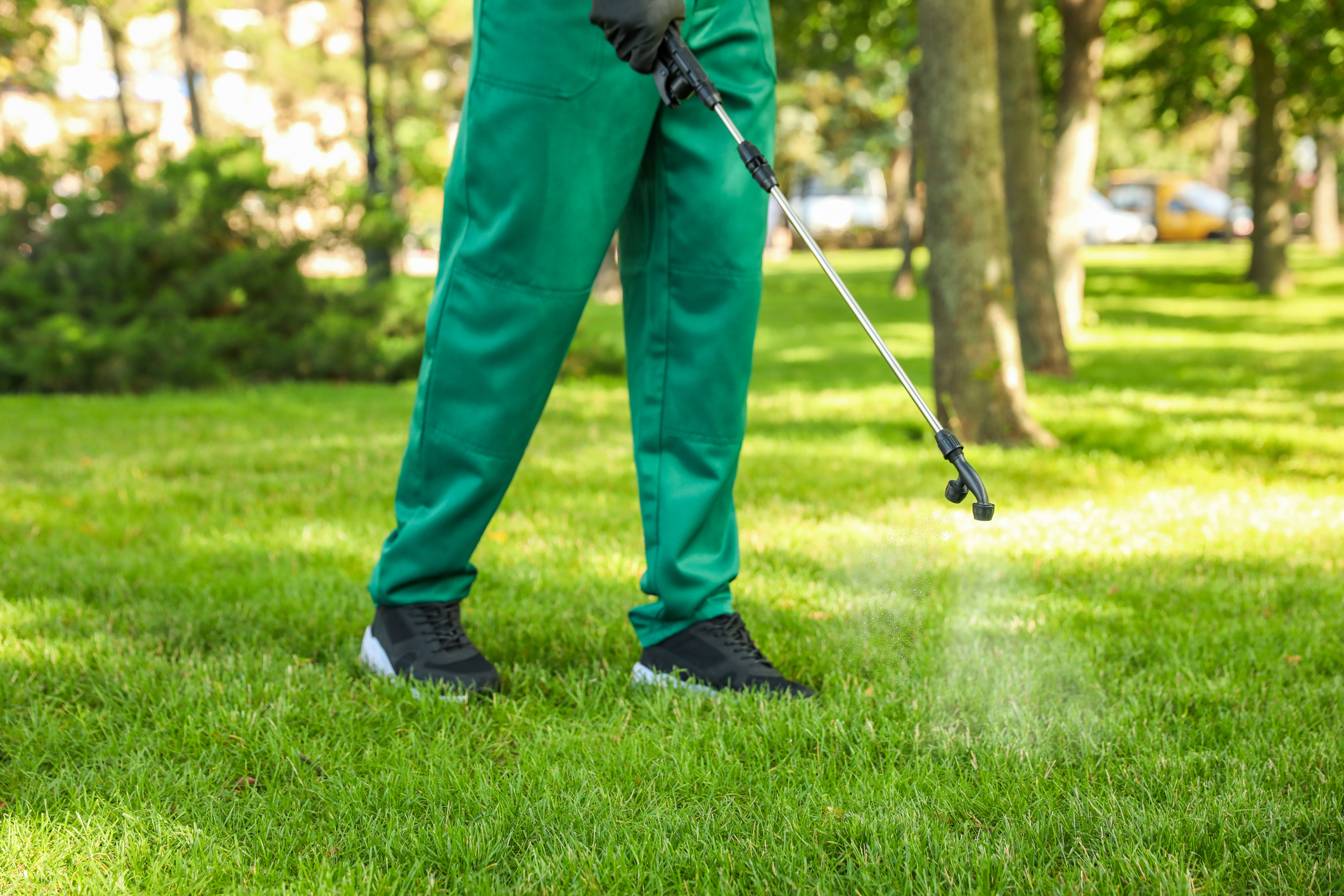
Effectively managing grubs requires a combination of preventive measures, cultural practices, and control methods. While grubs can be harmful to gardens and lawns, they also play a role in ecological systems. By understanding the conditions that favor grub infestations and employing comprehensive management strategies, you can safeguard your garden from potential damage and ensure a thriving, healthy outdoor space. Regular maintenance and vigilance are key to keeping grubs at bay and preserving the beauty of your garden.